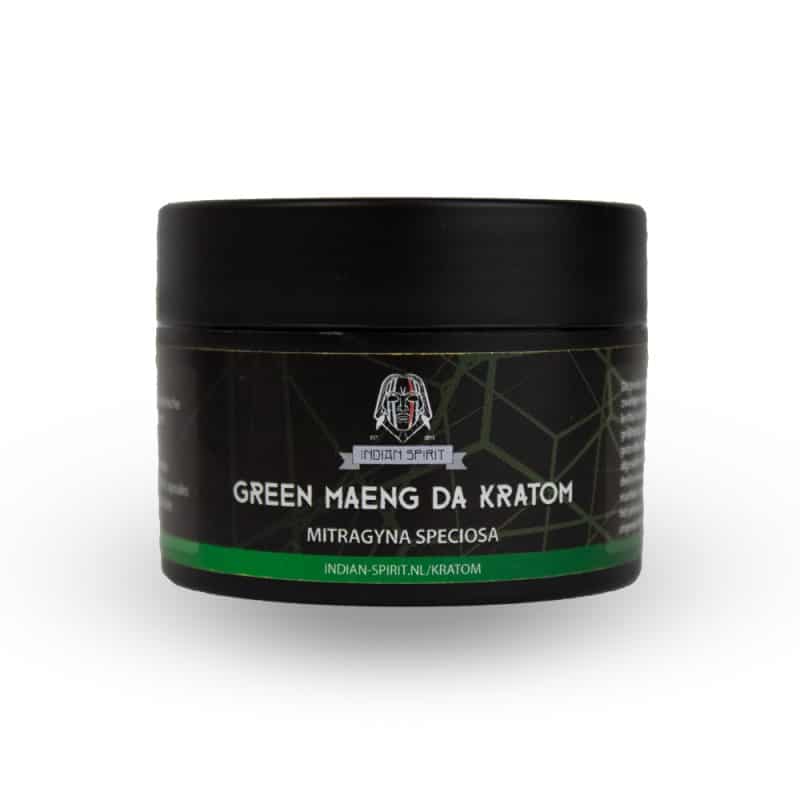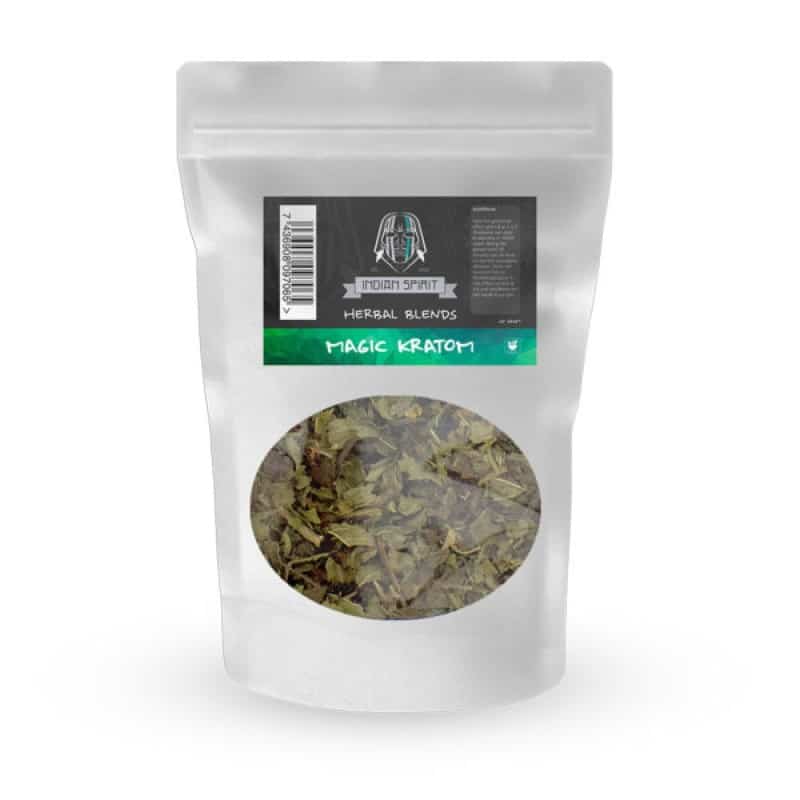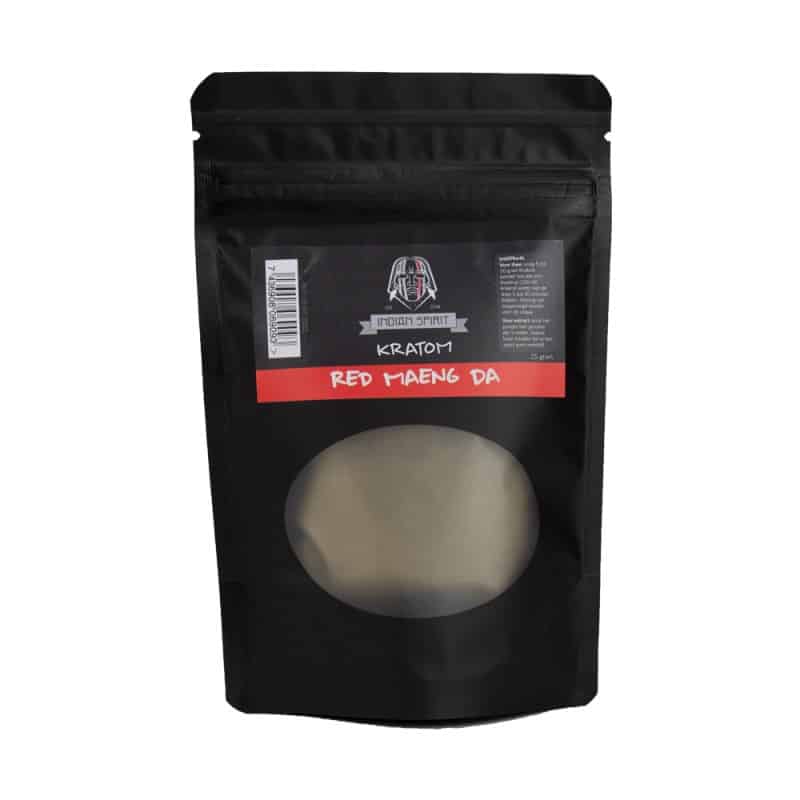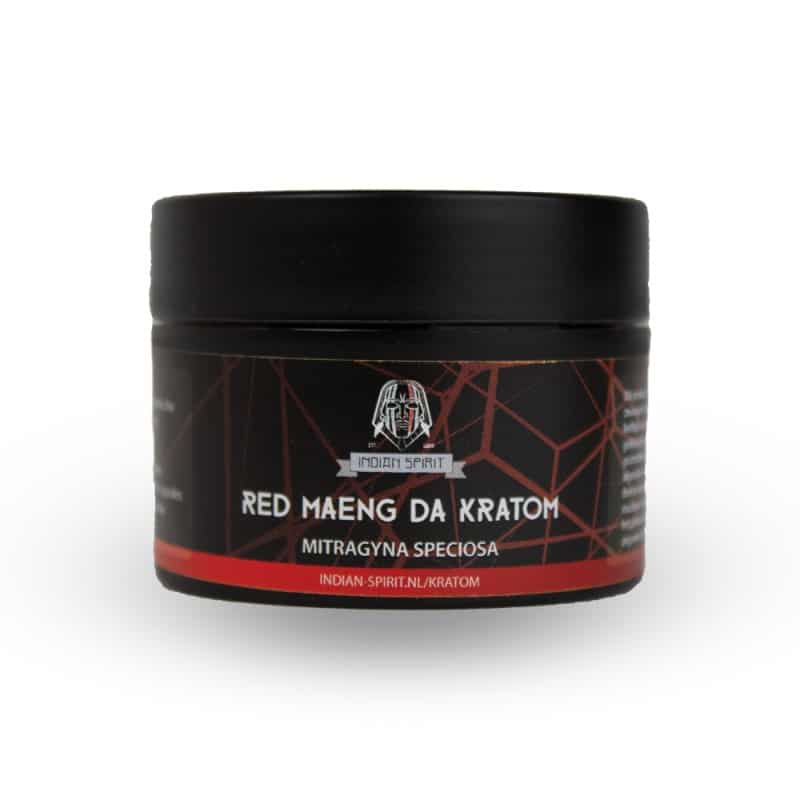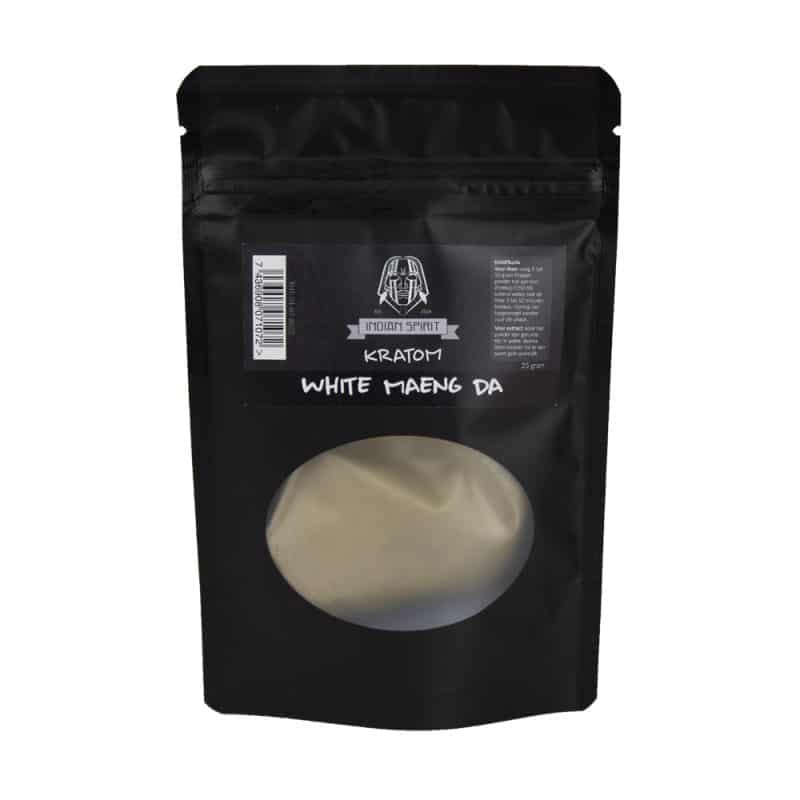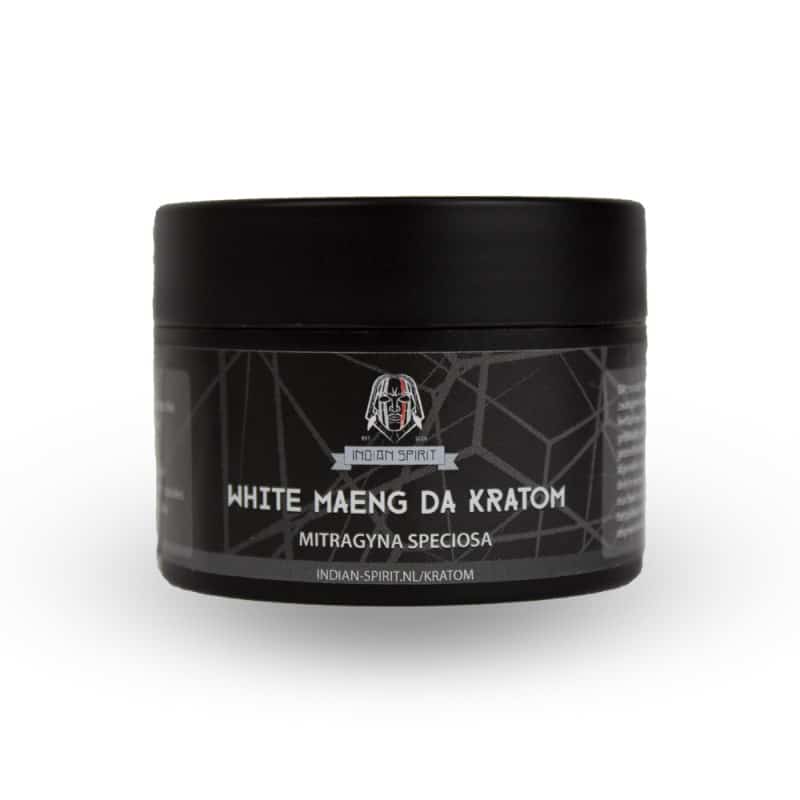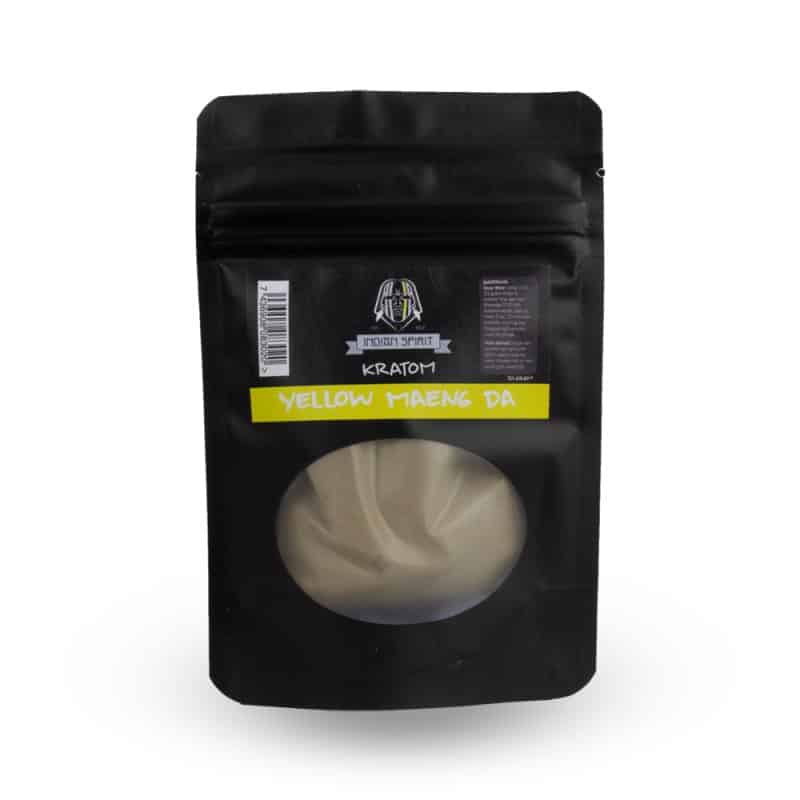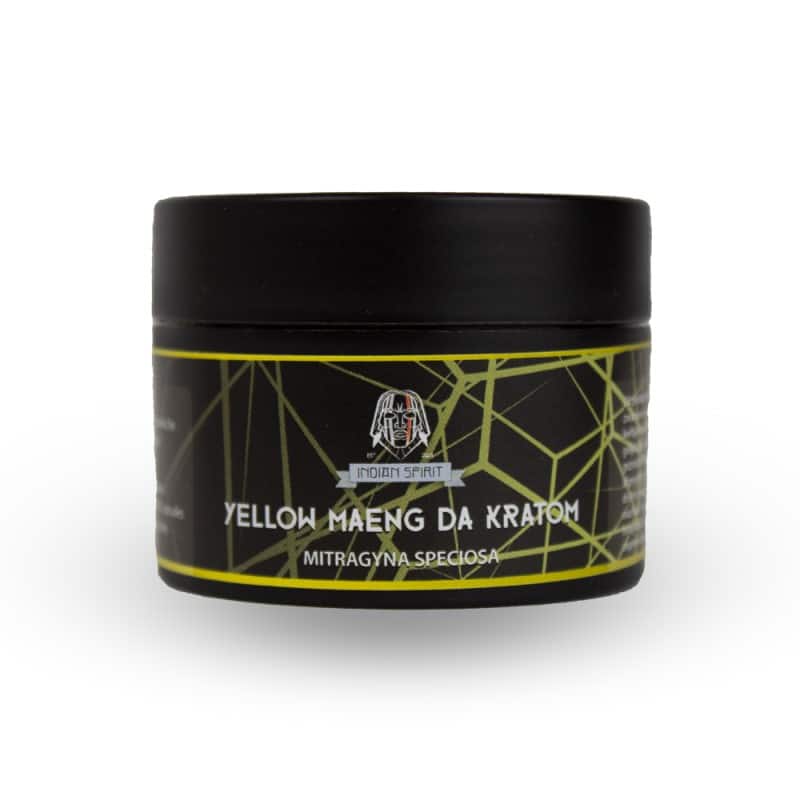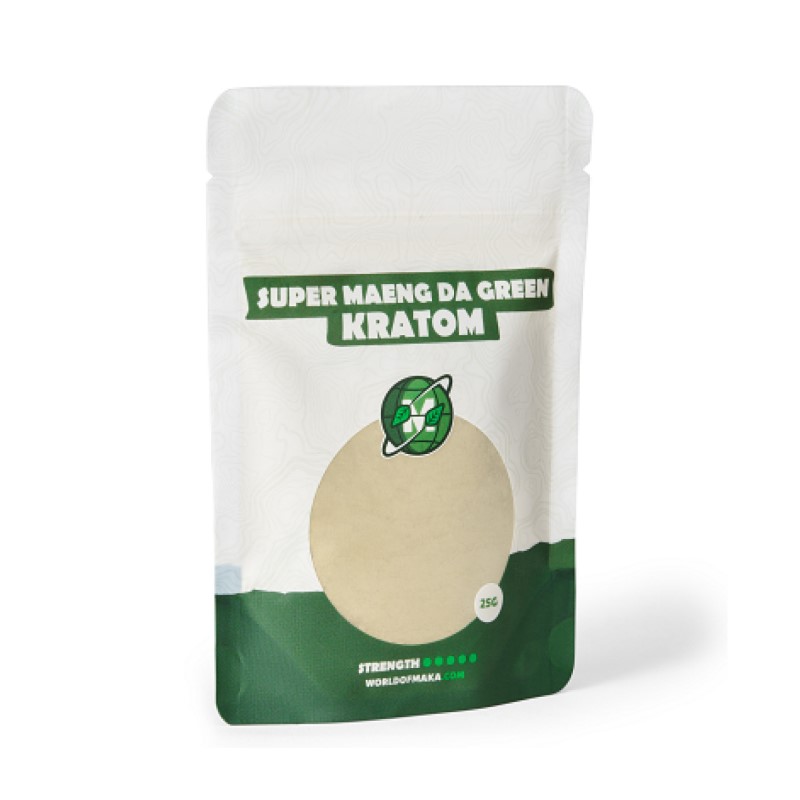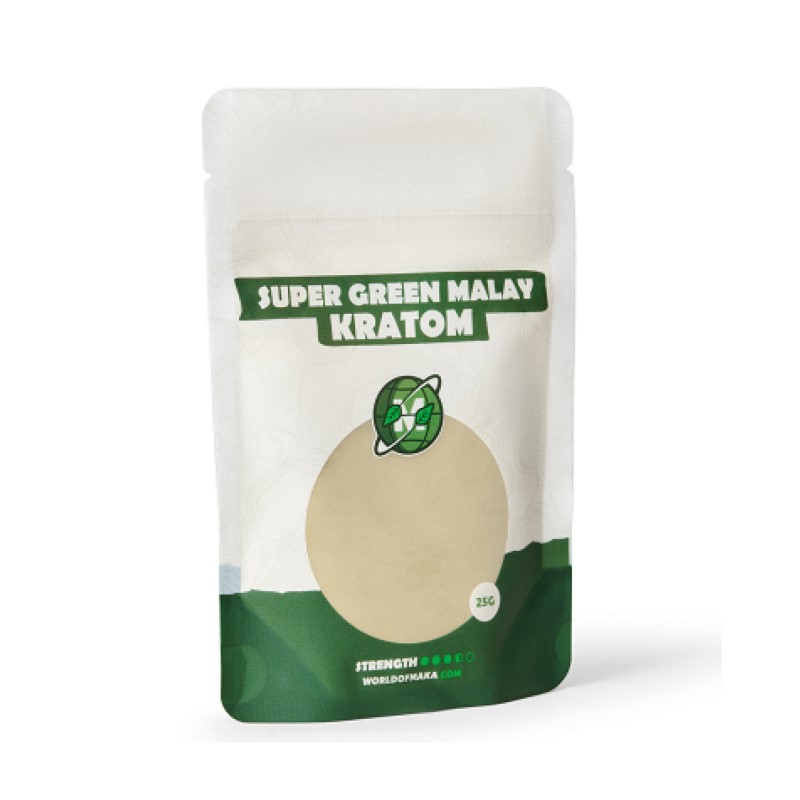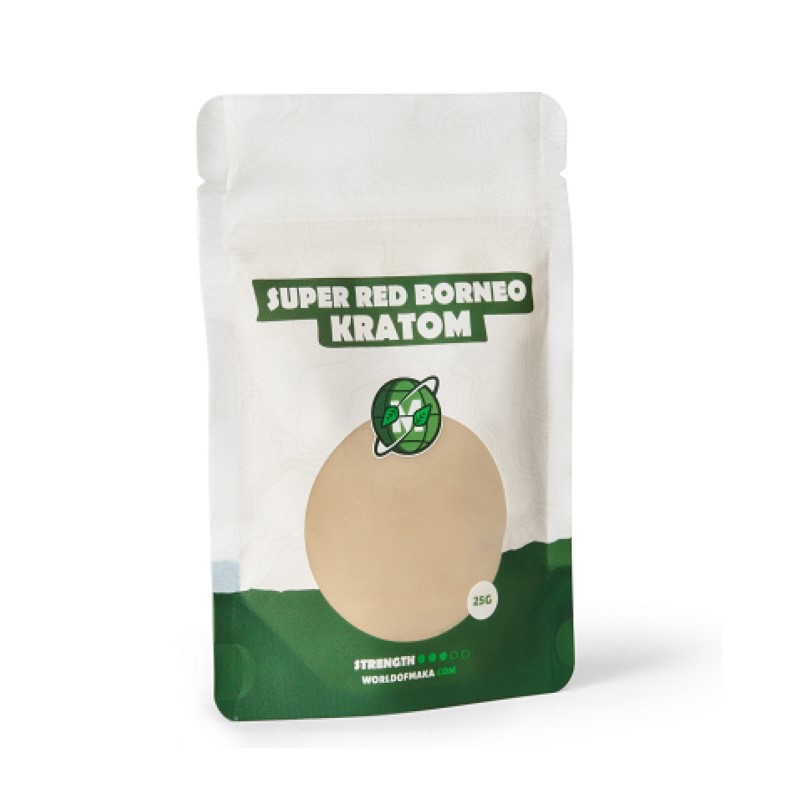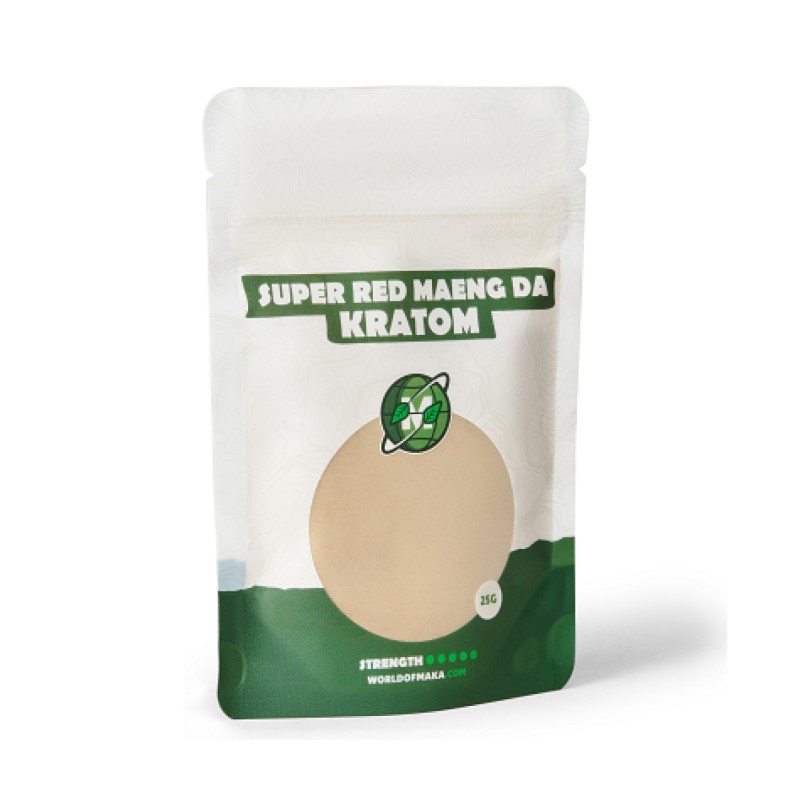KRATOM
Enter the fascinating world of kratom and be amazed by its possibilities. Whether you’re looking for relaxation, stress relief, or a natural energy boost, we have the perfect kratom for you. Discover our range today and experience the versatility of kratom!
WHAT IS KRATOM?
Kratom, also known as Mitragyna speciosa, is a tropical tree. The leaves of the kratom tree are used for their therapeutic and recreational properties. Nowadays, kratom has gained popularity worldwide due to the variety of effects it can offer. The active compounds in kratom, particularly mitragynine and 7-hydroxymitragynine, affect receptors in the brain and nervous system, producing different effects depending on the dosage and the type of kratom.
THE HISTORY OF KRATOM
Kratom, also known as Mitragyna speciosa, is originally native to Southeast Asian countries such as Thailand, Malaysia, Indonesia, and Papua New Guinea. The kratom tree thrives in tropical climates and mainly grows in the dense rainforests of these regions.
The use of kratom dates back many centuries and has a long history in the traditional medicine and culture of Southeast Asia. Indigenous populations in these countries have long used the leaves of the kratom tree due to its alleged medicinal and recreational properties. Traditionally, the leaves were often chewed or consumed as tea to experience their stimulating and analgesic properties, as well as to promote relaxation and stress reduction.
Knowledge of kratom and its use was passed down orally in local communities for a long time. Only in more recent times has kratom become more widely known globally, and it is now increasingly used as a natural supplement for various purposes, such as pain relief, mood effects, and relaxation.
THE DIFFERENCE BETWEEN RED, GREEN, AND WHITE KRATOM STRAINS
Red, green, and white kratom strains are different variants of kratom distinguished by the color of the leaf veins. Each type has unique chemical compositions and is associated with different effects, although the response also depends on individual sensitivity and dosage. Here are the general characteristics and effects of each kratom type:
- Red Kratom: Red kratom leaves have red veins and are often associated with relaxation, pain relief, and a calming mood. They are commonly used to reduce stress and anxiety and can help alleviate physical pain. Red kratom is often used in the evening or during moments of rest and relaxation, as it can have a soothing effect and sometimes cause drowsiness.
- Green Kratom: Green kratom leaves have green veins and are considered a more balanced variant. They are often used for a mild energy boost, focus, and concentration, while also providing some relaxation. Green kratom can help reduce stress and anxiety, but without the intense sedative effects of red kratom. It is often used during the day to combat fatigue and increase productivity.
- White Kratom: White kratom leaves have white veins and are considered the most stimulating variant. They are used to promote energy, alertness, and motivation. White kratom can help counteract fatigue and may have a slightly mood-enhancing effect. Due to its stimulating nature, white kratom is usually used during the day and not right before bedtime.
EFFECTS OF KRATOM
The effects of kratom can vary depending on the dosage, strain (color), and individual sensitivity. The effects based on dosage are:
- Low Dose: At low doses, kratom is often described as stimulating and energy-enhancing. Users may experience increased alertness, concentration, and energy. This can be beneficial for people in need of a natural boost to improve productivity or reduce fatigue.
- Moderate Dose: At moderate doses, the effects of kratom tend to focus on pain relief, relaxation, and improved mood. Feelings of stress and anxiety may decrease, and some individuals experience a sense of well-being and social connectedness.
- High Dose: At higher doses, kratom’s analgesic and sedative effects become more pronounced. This can lead to deep relaxation and a sedative effect. People may feel calmer and more tranquil, but this can also result in drowsiness or fatigue.
HOW TO USE KRATOM?
Kratom can be consumed in various ways, depending on the user’s preference. Here are some of the most common ways kratom is taken:
- Chewing Fresh Leaves: In regions where kratom naturally grows, a traditional method of use is to pick fresh kratom leaves and chew them directly. The active compounds are absorbed through the oral mucosa and can take effect quickly.
- Kratom Powder: Kratom leaves are dried and ground into a fine powder that users can ingest by mixing it with food, beverages, or water. The powder can also be encapsulated for easier ingestion and to mask the taste.
- Kratom Tea: A popular method is brewing kratom tea. Kratom powder is boiled in water and then strained to create a tea. The tea can be sweetened or flavored to taste.
- Kratom Tinctures: Kratom tinctures are concentrated liquid extracts of kratom leaves. They are usually placed drop by drop under the tongue and rapidly absorbed into the bloodstream.
- Kratom Extracts: Extracts are more potent forms of kratom that contain a higher concentration of active compounds. They can be sold in powder form or as liquid tinctures.
- Kratom Capsules: Kratom powder can be placed in gelatin capsules to facilitate ingestion. Capsules provide precise dosing and can be convenient for those who want to avoid the taste of kratom powder.
It’s important to remember that the effects and onset speed can vary depending on the consumption method. For example, chewing fresh leaves may have a faster effect than drinking kratom tea, as the active compounds are directly absorbed by the body.
KRATOM FOR STRESS AND ANXIETY RELIEF
Kratom may potentially help relieve stress and anxiety due to its interaction with certain receptors in the brain and nervous system. The key active compounds in kratom, particularly mitragynine, appear to work as partial agonists of opioid receptors, primarily the mu-opioid receptor. Additionally, kratom also affects serotonin and other neurotransmitter systems. Here are some ways kratom may help with stress and anxiety:
- Anxiolytic Effects: Kratom possesses anxiolytic properties, meaning it can help reduce feelings of anxiety. It can have a calming and relaxing effect, making people feel calmer and more at ease.
- Stress Reduction: Kratom may help lower stress levels in some users. It can promote a sense of well-being and assist in coping better with stressful situations.
- Serotonergic Activity: Kratom may influence serotonin receptors in the brain, which can improve mood and promote feelings of happiness and contentment. A balanced serotonin system is crucial for regulating emotions and reducing feelings of anxiety.
WHICH ACTIVE COMPOUNDS IN KRATOM ARE RESPONSIBLE FOR THE EFFECTS?
The active compounds in kratom believed to be responsible for its effects are mitragynine and 7-hydroxymitragynine. These two alkaloids are the main bioactive substances in kratom leaves and interact with receptors in the brain and nervous system, leading to various effects.
- Mitragynine: Mitragynine is the most abundant alkaloid in kratom and is responsible for most of the effects of kratom leaves. It acts as a partial agonist of opioid receptors in the brain, with a stronger affinity for the mu-opioid receptor. This can lead to pain relief, relaxation, and a sense of well-being.
- 7-hydroxymitragynine: While present in smaller amounts than mitragynine, 7-hydroxymitragynine is much more potent. It functions as a strong agonist of opioid receptors, particularly the mu-opioid receptor. This enhances the analgesic and relaxing effects of kratom.
In addition to mitragynine and 7-hydroxymitragynine, kratom leaves also contain other alkaloids, such as speciogynine, paynantheine, and speciociliatine. While these compounds also contribute to kratom’s effects, they are usually present in smaller quantities, and their specific role in kratom’s effects is not fully understood.
IS KRATOM ADDICTIVE?
Yes, kratom can be addictive. While kratom has a lower addiction potential compared to traditional opioids like heroin or oxycodone, it can still be addictive, especially with regular and prolonged use.
The active compounds in kratom, particularly mitragynine and 7-hydroxymitragynine, work on opioid receptors in the brain, which can lead to experiencing pain relief, relaxation, and a sense of well-being. Over time, the body can become accustomed to the effects of kratom, leading to tolerance. This means that increasingly larger amounts of kratom may be needed to achieve the same desired effect, potentially leading to a vicious cycle of increased use.
Furthermore, regular use of kratom can lead to physical dependence, meaning the body adapts to the presence of the substance and may experience withdrawal symptoms if use is abruptly stopped. Kratom withdrawal symptoms can vary, but they may include irritability, anxiety, insomnia, muscle aches, runny nose, sweating, and stomach discomfort. While kratom addiction is less severe than addiction to other opioids, it can still cause significant problems for individuals struggling with it. It’s important to use kratom wisely, follow recommended dosages, and take breaks between periods of use to minimize the risk of addiction.


